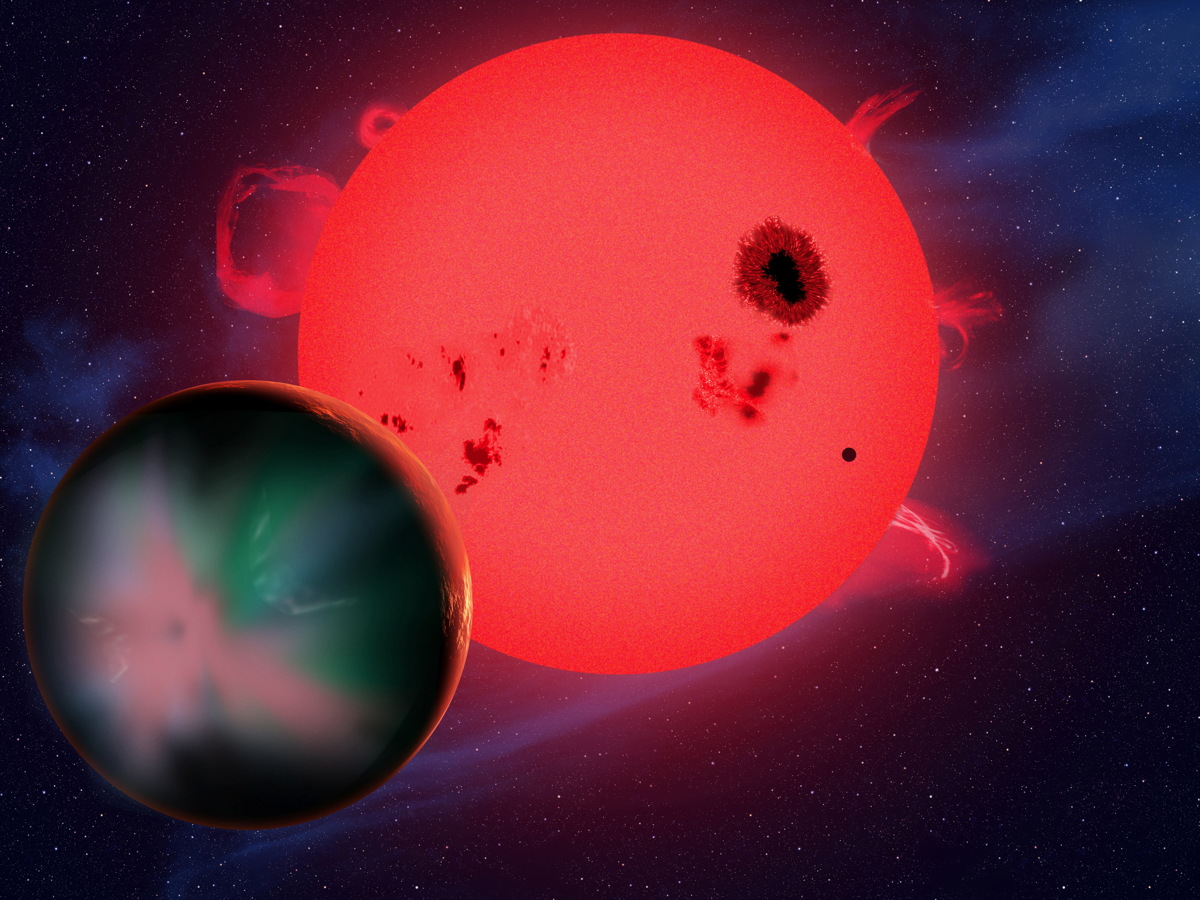Could Alien Life Exist Around Red Dwarf Stars? Watch Debate in Webcast Tonight


Small, dim red dwarfs are by far the most common stars in the Milky Way, making up more than 70 percent of our galaxy's stellar population. But are they best places to look for alien life?
That question will take center stage during a debate tonight (Oct. 16) at 7:30 p.m. EDT (2330 GMT) organized by the Harvard-Smithsonian Center for Astrophysics (CfA). You can watch the event live here on Space.com, courtesy of the CfA, or on the CfA's "Observatory Nights" YouTube channel: http://www.youtube.com/user/ObsNights
Two CfA researchers will participate in tonight's debate, CfA representatives wrote in a media advisory:
"Ofer Cohen will discuss the latest research suggesting that harsh winds and stellar radiation would scour any planets in the habitable zone. Elisabeth Newton will argue that red dwarf worlds could be more resilient than we think."
Astronomers have discovered nearly 2,000 alien planets to date, and they've only scratched the surface: Each one of the Milky Way's 100 billion or so stars is believed to host more than one planet on average.
Follow Mike Wall on Twitter @michaeldwall and Google+. Follow us @Spacedotcom, Facebook or Google+. Originally published on Space.com.
Breaking space news, the latest updates on rocket launches, skywatching events and more!

Michael Wall is a Senior Space Writer with Space.com and joined the team in 2010. He primarily covers exoplanets, spaceflight and military space, but has been known to dabble in the space art beat. His book about the search for alien life, "Out There," was published on Nov. 13, 2018. Before becoming a science writer, Michael worked as a herpetologist and wildlife biologist. He has a Ph.D. in evolutionary biology from the University of Sydney, Australia, a bachelor's degree from the University of Arizona, and a graduate certificate in science writing from the University of California, Santa Cruz. To find out what his latest project is, you can follow Michael on Twitter.
